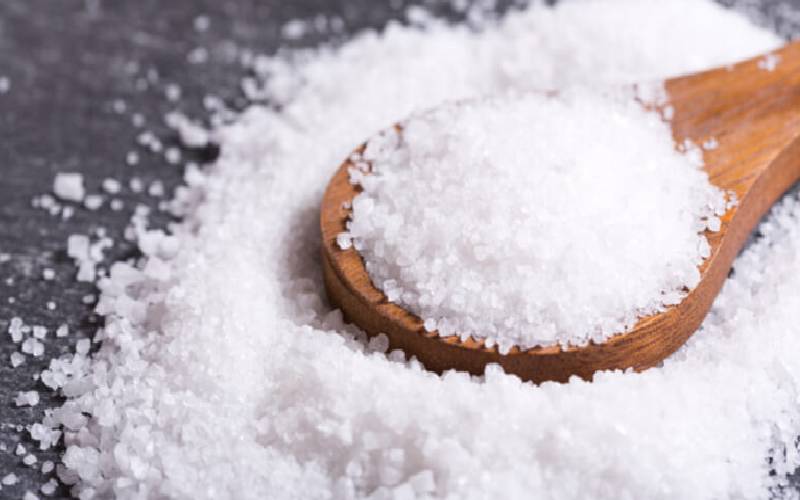 Some of the table salt sold in Kenya is contaminated with tiny plastic particles, which may be a health risk to consumers.
Some of the table salt sold in Kenya is contaminated with tiny plastic particles, which may be a health risk to consumers.
Salt bought from open markets and supermarkets in eight African countries, including Kenya, was tested, and found to contain plastic particles.
“It is obvious that microplastics contamination in table salts should be of a major public health concern,” said Fadare Oluniyi of the University of Chinese Academy of Sciences, and chief investigator in the study.
 The Standard Group Plc is a multi-media organization with investments in media
platforms spanning newspaper print
operations, television, radio broadcasting, digital and online services. The
Standard Group is recognized as a
leading multi-media house in Kenya with a key influence in matters of national
and international interest.
The Standard Group Plc is a multi-media organization with investments in media
platforms spanning newspaper print
operations, television, radio broadcasting, digital and online services. The
Standard Group is recognized as a
leading multi-media house in Kenya with a key influence in matters of national
and international interest.











